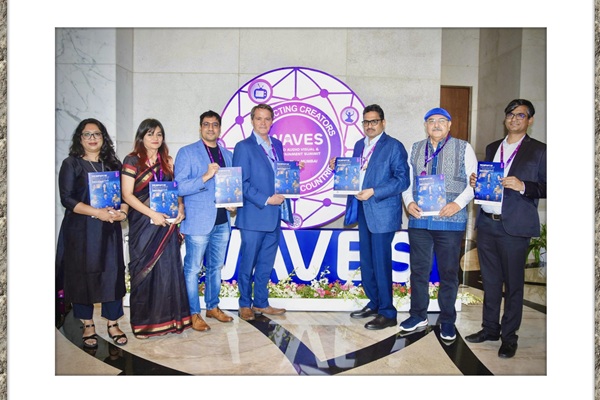The report sheds light on the major economic damage caused by online piracy across India’s vibrant creative sectors, particularly the film, OTT and television industries, and underscores the urgent need for coordinated action across industry and policy stakeholders.
A new report by the Motion Picture Association (MPA) reveals that digital piracy continues to pose a significant threat to India’s burgeoning online video sector and the broader creative economy. The study, titled The Impact of Piracy on India’s Online Video Sector and Creative Economy, has been released in partnership with Media Partners Asia and highlights the severe economic and legal repercussions of online content theft.
According to the report, piracy cost India’s creative economy a staggering INR 22,000 crore ($2.6bn) in 2022, with nearly 70% of these losses tied to the online video sector. The study also estimates that India witnessed around 73bn visits to piracy websites in 2022, the highest globally. These visits deprive legal platforms of viewers and advertisers, undermining subscription revenues and discouraging investment in local content production.
The report notes that piracy not only hinders revenue generation but also poses risks to consumers, including malware threats, data breaches and exposure to online scams. In addition to economic losses, the Indian government lost an estimated INR 5,000 crore in tax revenue due to digital piracy in 2022. The situation also translated to a loss of approximately 8.9 lakh jobs that could have been created within the creative and digital sectors.
In response, the MPA is calling for stronger enforcement measures, public awareness campaigns and collaborative efforts between the government, industry and technology platforms to combat the growing piracy challenge. The report emphasises the urgency of implementing technological solutions and updating regulatory frameworks to safeguard the creative economy.
The findings highlight the need for immediate and concerted action to address the impact of piracy, which threatens not only economic growth but also India’s aspirations to be a global hub for digital media and creative content.











































































